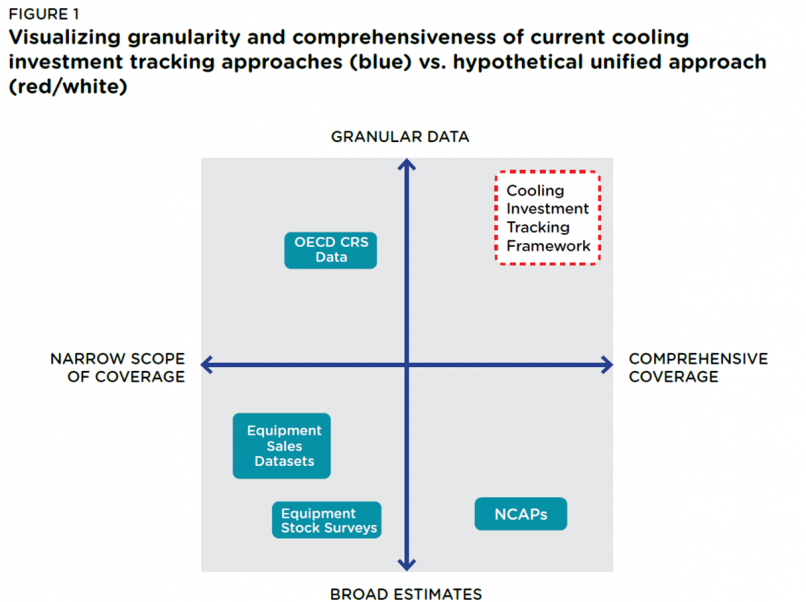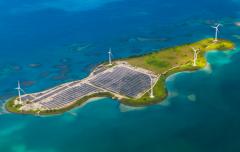Improved data on cooling finance needed to enable investment in lifesaving solutions
COVID-19 vaccines are starting to be rolled out but need to be kept cold throughout their distribution. Meanwhile, global temperatures are rising year after year, with extreme heat threatening millions of people. The need for affordable, sustainable cooling solutions that do not cause a spike in global energy demand has never been so high.
New research from Sustainable Energy for All (SEforALL) and Climate Policy Initiative (CPI), published under the Energizing Finance research series, highlights how improved tracking of cooling investment is essential to meeting the global cooling challenge.
A Framework for Tracking Cooling Investment proposes a new approach to identify and track cooling transactions, which is an essential first step toward understanding current finance commitments and acting on growing global needs for sustainable cooling solutions.
“Without precision in knowing how much finance is flowing to different types of cooling solutions in different places, there is no foundation for informing policy and investment decisions that will deliver sustainable cooling for all,” said Brian Dean, Head of Energy Efficiency and Cooling at SEforALL.
The report argues that current cooling finance datasets are too narrow in the types of investment identified and tracked as cooling solutions. For example, some datasets only track investment in active cooling equipment, such as air conditioners and refrigerators. They do not capture investments in various passive cooling solutions, such as energy-efficient building design and heat-resilient landscape architecture.
As demonstrated in SEforALL’s Chilling Prospects research, increased investment in passive cooling solutions is imperative to managing the energy demands of cooling. Providing everyone with air conditioners is not an option if we wish to reduce overall energy consumption in the fight against climate change.
The other shortcoming with the current tracking of cooling investment is that databases lack project-level or transaction-level information.
In response, the report proposes a new framework for tracking cooling investment that will enable transaction-level tagging for cooling finance, allowing development banks and national governments to better understand the scale, scope, and climate orientation of cooling investments, informing their policies and strategies.
The framework provides clear guidance on how to categorize a wide range of cooling activities, which can be tagged by development banks and data providers based on their Cooling Orientation, Climate Orientation, Solution Type and Purpose. This tagging system could integrate seamlessly with the OECD’s existing investment data collection and verification approach.
The report argues that the framework should be further developed and piloted in partnership with financial actors and data providers, and eventually implemented as a universal standard to track finance for cooling commitments and investment, helping decision-makers identify gaps between the two.
Applying this framework will produce a more robust and useful set of cooling investment data. For example, not only will stakeholders be able to identify overall investment levels in cooling, but they will be able to segment which solutions are being supported. This segmentation is pivotal for knowing whether enough investment is being dedicated to sustainable cooling solutions or whether there is a bias towards energy-intensive solutions that undermine a low-carbon transition.





